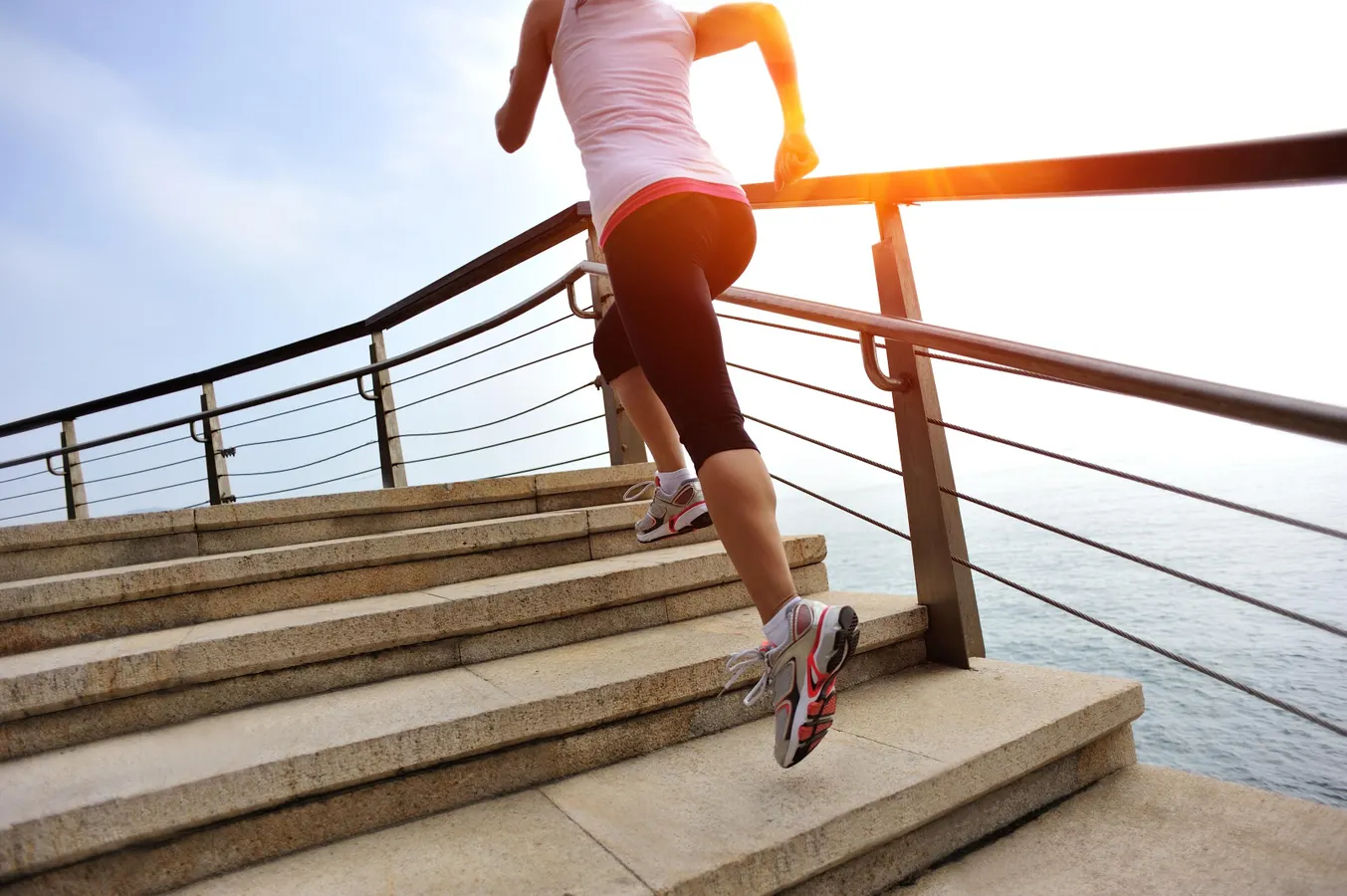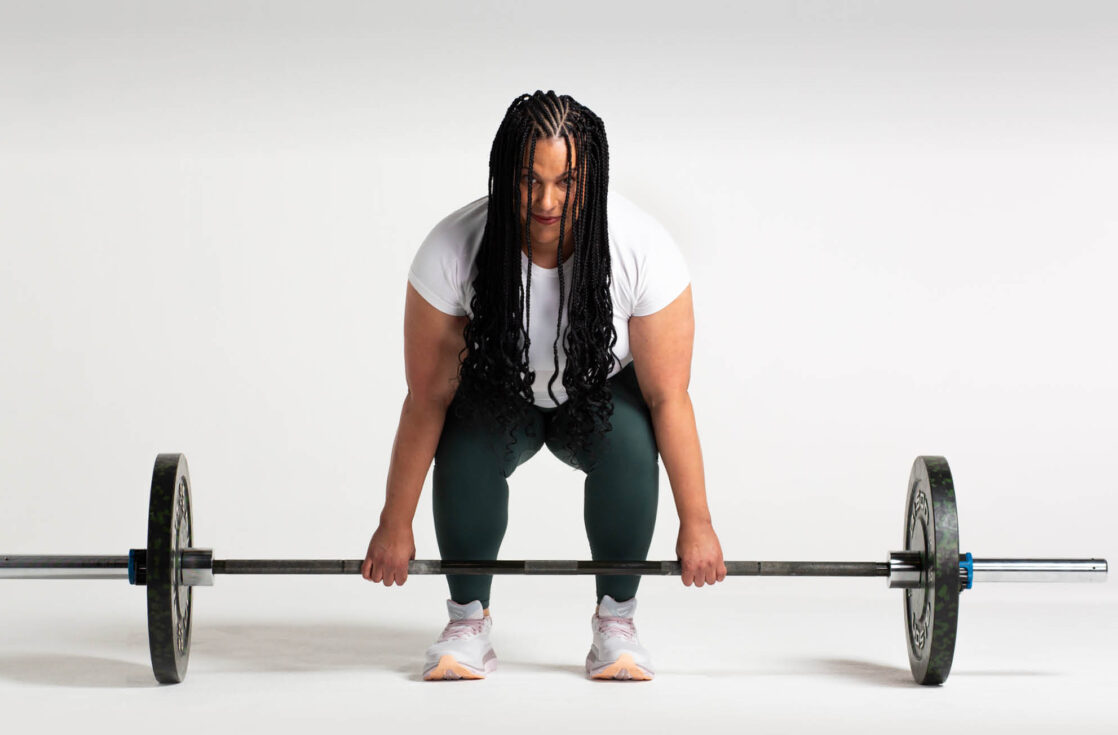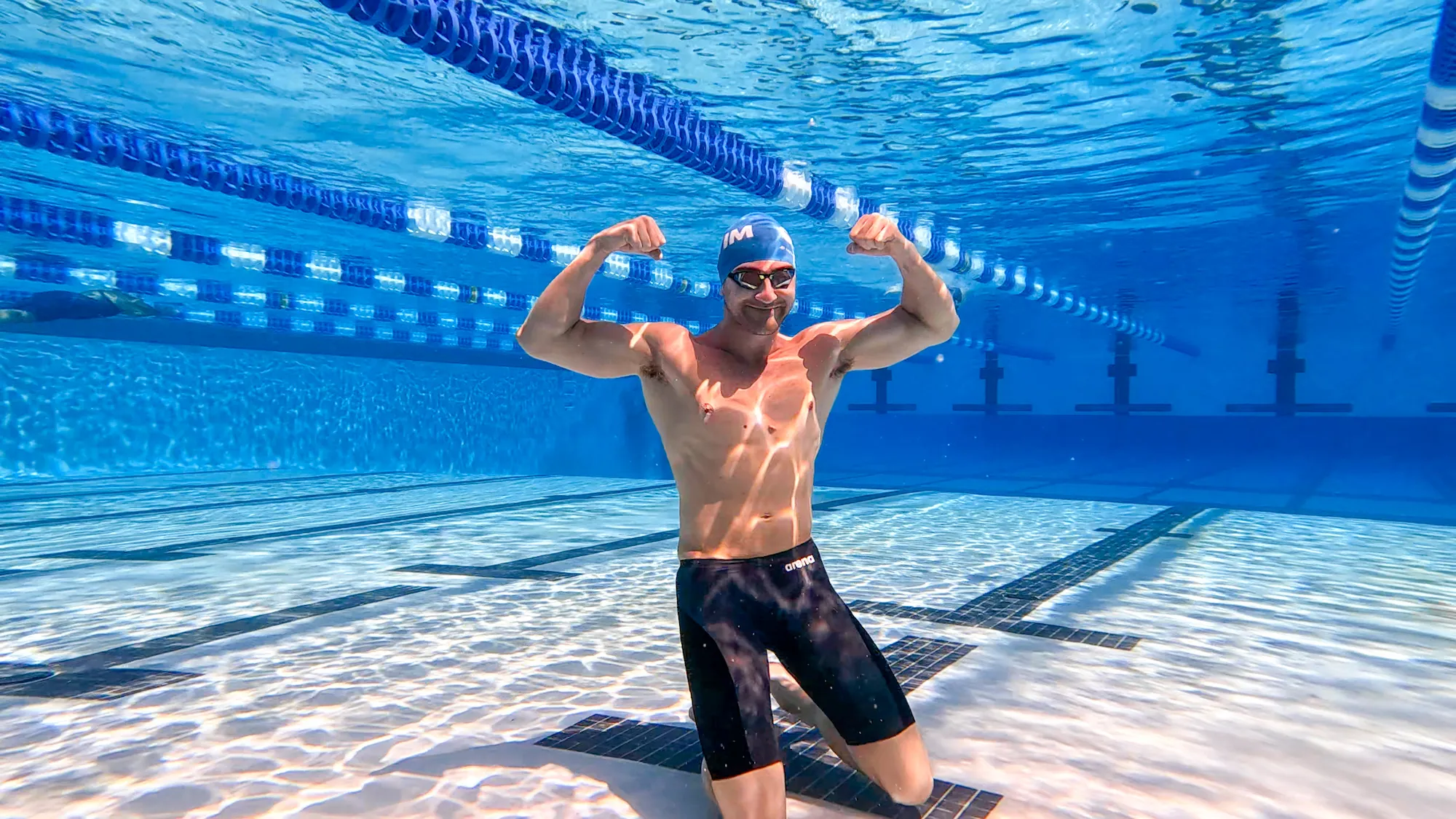The Power of Recreation and Sport: Building Health, Community, and Joy

Sport and recreation are more than just physical activities. They are expressions of culture, vehicles of health, sources of joy, and pathways to building community. Whether it’s a child learning to ride a bike, an adult joining a local soccer league, or retirees practicing yoga in the park, recreation and sport touch every stage of life.
In today’s fast-moving, screen-dominated society, the role of physical activity has become even more critical. Recreation and sport not only combat sedentary lifestyles but also provide opportunities for social bonding, mental well-being, and personal growth. This article explores the evolving role of sport and recreation, their benefits, challenges, and the trends shaping the future.
The Role of Recreation and Sport in Daily Life
At its core, recreation is about leisure activities that refresh the mind and body, while sport typically involves structured competition. Together, they form a spectrum of activity ranging from casual play to professional athletics.
-
Recreation: Includes hobbies like hiking, cycling, swimming, dance, or fitness classes. It is less about winning and more about enjoyment, exploration, and health.
-
Sport: Involves organized games, rules, and often competition. From team sports like football and basketball to individual ones like tennis or martial arts, sport brings structure and discipline to physical activity.
Both forms play an essential role in shaping lifestyles, providing not only fitness but also fulfillment.
Health Benefits of Recreation and Sport
The most obvious advantage of physical activity is improved health. Yet, the benefits go far beyond muscles and stamina.
-
Physical fitness: Regular activity strengthens the cardiovascular system, builds endurance, and enhances flexibility.
-
Disease prevention: Recreation and sport lower risks of obesity, diabetes, heart disease, and even certain cancers.
-
Mental health: Exercise releases endorphins, reducing stress, anxiety, and depression. Team sports foster social belonging, which further supports mental well-being.
-
Longevity: Active lifestyles are consistently linked with longer, healthier lives.
Simply put, recreation and sport are preventive medicine for both body and mind.
Social and Community Impact
Recreation and sport are powerful tools for bringing people together. Local clubs, community centers, and public parks all serve as meeting points where people of diverse backgrounds unite through shared activity.
-
Inclusivity: Sports transcend age, race, and social class, making them a universal language.
-
Community pride: Local teams, whether professional or amateur, often act as symbols of identity and belonging.
-
Youth development: Participation in sport teaches teamwork, discipline, and leadership, offering valuable life skills beyond the field.
-
Family bonding: Recreational activities like camping, cycling, or hiking strengthen family relationships by creating shared memories.
In times of social fragmentation, recreation and sport provide much-needed human connection.

Challenges in Modern Recreation and Sport
Despite their benefits, participation in sport and recreation faces obstacles in the modern world.
-
Sedentary lifestyles: Technology, remote work, and entertainment platforms often lead people to spend more time sitting than moving.
-
Accessibility: Not everyone has equal access to facilities, safe environments, or resources for recreation.
-
Over-commercialization: Elite sports can sometimes overshadow grassroots participation, turning play into profit rather than passion.
-
Injury risks: Without proper training and awareness, recreational and sporting activities can cause physical strain or accidents.
-
Time constraints: Busy schedules often push recreation down the priority list.
Overcoming these challenges requires intentional effort from individuals, communities, and policymakers.
Trends Shaping the Future of Recreation and Sport
The landscape of recreation and sport is constantly evolving. Here are some key trends defining the present and future:
1. Technology Integration
Wearables, fitness trackers, and apps are helping people monitor progress, set goals, and stay motivated. Virtual reality (VR) is even making indoor recreation more immersive, allowing people to “run” through scenic landscapes or “compete” in virtual arenas.
2. Outdoor and Adventure Recreation
Hiking, mountain biking, rock climbing, and kayaking have surged in popularity as people seek fresh air and natural beauty. Outdoor recreation also aligns with the global trend toward sustainability and wellness.
3. Esports and Digital Recreation
Competitive video gaming has emerged as a new form of sport, complete with international tournaments and millions of fans. While not physical in the traditional sense, esports require strategy, reflexes, and teamwork—qualities shared with conventional sports.
4. Inclusive and Adaptive Sports
Sports for individuals with disabilities are receiving greater recognition, thanks in part to the Paralympics. Communities are increasingly creating inclusive programs to ensure everyone can participate, regardless of ability.
5. Focus on Wellness and Mindfulness
Yoga, pilates, and martial arts are bridging the gap between recreation and mental health. These practices emphasize not only fitness but also inner peace, mindfulness, and emotional balance.
The Economic Side of Recreation and Sport
Beyond health and social benefits, sport and recreation also drive economies. Gyms, fitness studios, sports equipment, and tourism tied to recreation represent multi-billion-dollar industries. Major sporting events such as the Olympics or World Cup can stimulate national economies, while recreational tourism—like ski trips or diving holidays—fuels local growth.
For individuals, investment in recreation is often viewed as spending on quality of life rather than a mere expense.
Recreation and Sport for All Ages
One of the most remarkable aspects of recreation and sport is their adaptability across life stages.
-
Children: Early participation builds motor skills, teamwork, and confidence.
-
Teens and young adults: Sports provide identity, friendships, and a healthy outlet for stress.
-
Adults: Recreation balances work pressures and supports long-term fitness.
-
Seniors: Activities like walking, yoga, or swimming promote mobility and independence, delaying age-related decline.
This universal accessibility makes recreation and sport lifelong companions.
How to Incorporate Recreation and Sport into Everyday Life
For those seeking to make sport and recreation part of their routine, small steps matter. Here are some practical suggestions:
-
Set realistic goals: Aim for at least 30 minutes of activity daily, whether walking, cycling, or stretching.
-
Explore variety: Try new activities—dancing, hiking, or a team sport—to keep it engaging.
-
Join a group: Community leagues or fitness classes provide motivation and social support.
-
Use technology: Fitness apps and trackers can help track progress and encourage consistency.
-
Prioritize fun: Choose activities you enjoy rather than forcing yourself into routines you dislike.
The best recreation is the one that feels rewarding, not obligatory.

Conclusion: A Way of Living, Not Just an Activity
Recreation and sport are not luxuries—they are essentials for a healthy, fulfilling life. Beyond improving fitness, they strengthen communities, foster mental health, and create moments of joy and connection. While modern challenges like technology overuse and busy schedules can make participation difficult, the benefits far outweigh the obstacles.
Looking ahead, the integration of technology, inclusivity, and wellness-oriented activities will redefine how society approaches physical activity. Whether through competitive sport, outdoor exploration, or mindful recreation, the message is clear: movement is medicine, and play is a lifelong necessity.
By embracing recreation and sport, we don’t just exercise—we build healthier, happier lives.


